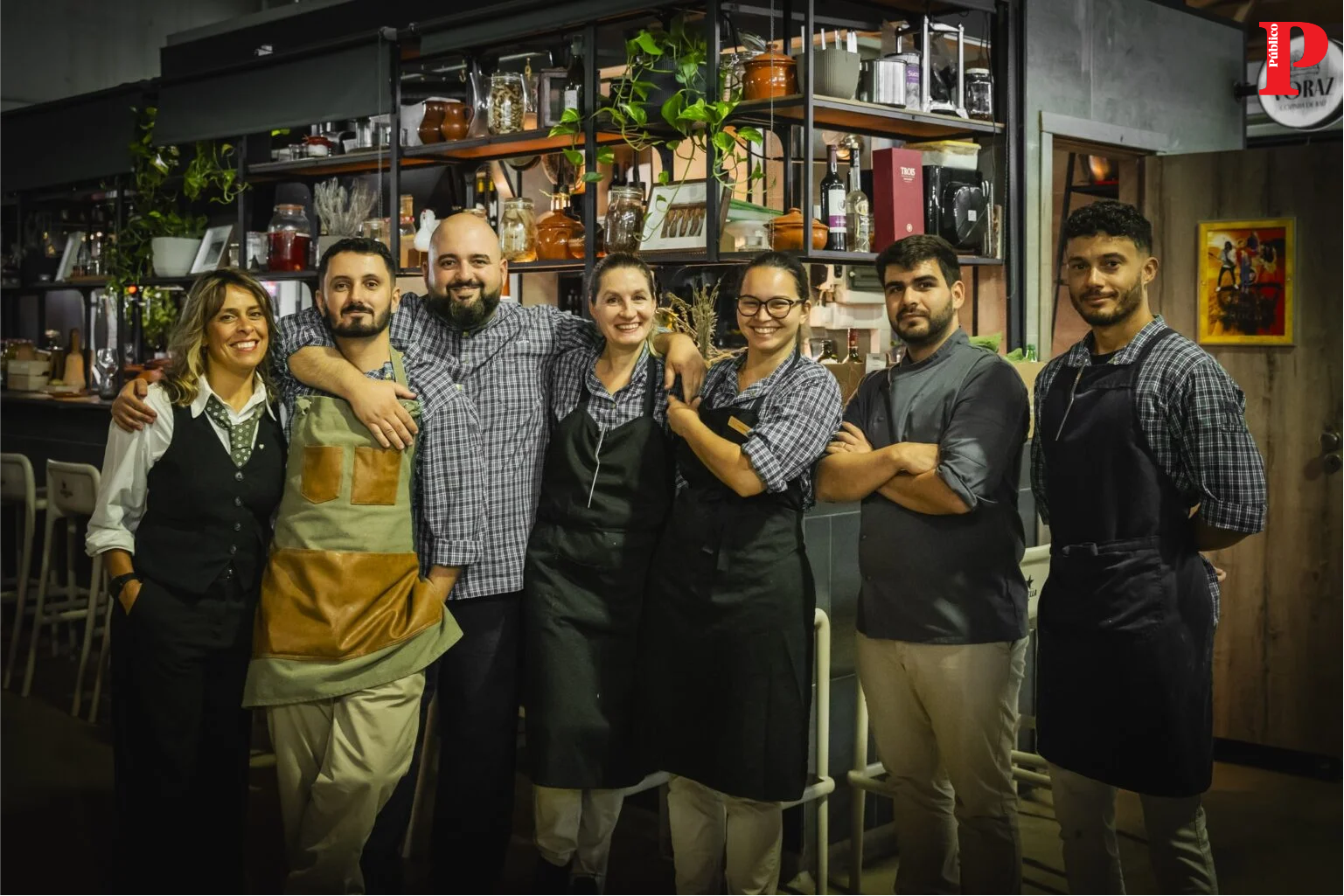
In Barreiro, a counter to devour the whole region
Voraz opened less than a year ago and has already made quite a buzz. The credit goes to chefs Tiago Santos and Bruno Xavier, who are determined to make Barreiro a hub for all the best the region has to offer.
It fell like a meteorite. In a city that is hardly the first destination that comes to mind when thinking about gastronomy, two chefs from the Margem Sul, Tiago Santos and Bruno Xavier, chose to see the glass half full: where there was no fine dining restaurant, they saw an opportunity to start something with transformative potential.
More than just a restaurant, Voraz is a community-driven project, engaging in dialogue with producers, customers, and the wider local dining scene.
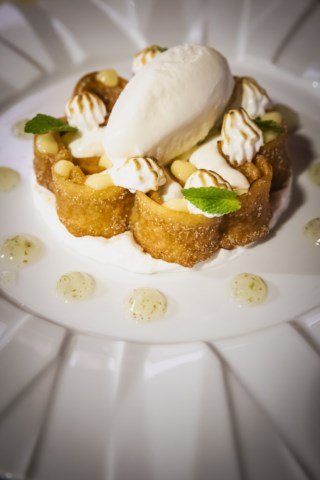
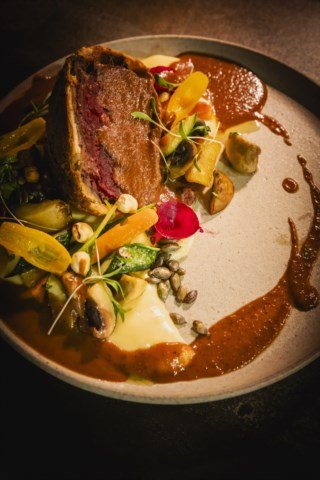
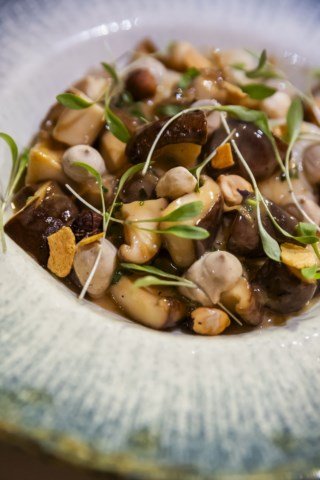
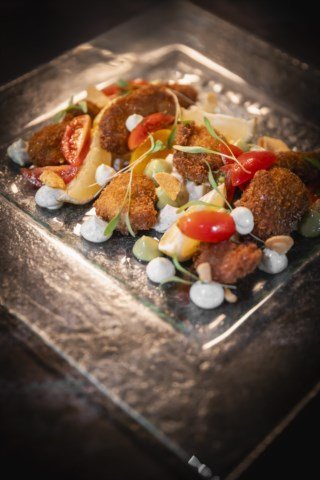
Voraz is not just one restaurant – it’s actually four. Four counters at the 1.º de Maio Market in the heart of Barreiro, right amidst the fruit, vegetable, and fish stalls. After all, the product is the star here – and this is no tired chef’s cliché. More than just a restaurant, Voraz is a place-rooted project, engaging in dialogue with producers, customers, and the wider local dining community.
Next to one of the building’s entrances is the Rûto Izakaya counter, focused on Asian cuisines, with Japanese cuisine taking center stage. It already reveals much about what Voraz stands for. “Salmon? We don’t have that,” Tiago Santos immediately points out. “But sometimes we do have salmon trout.” And it’s not just a preference for Portuguese fish—they go as far as sourcing local fish from the Tagus estuary. Tiago proudly shows a mullet caught from the estuary’s depths (not to be confused with the ones seen in shoals near the surface), saying, “Look at the beauty of this fillet.”
Under the umbrella of sustainability, they focus on invasive species—voracious fish like corvinata, which in the brackish waters of the Mar da Palha can exceed 20 kilos, and silurus catfish, caught upstream and sometimes larger than an adult man. In the hands of Chef Douglas Prates, these species take the form of maki, sashimi, and nigiri, alongside sardines, horse mackerel, and other coastal fish. The rice? It comes from Lezíria. “The idea was to think: what would a Japanese sushi chef do if they came to live in Barreiro?”
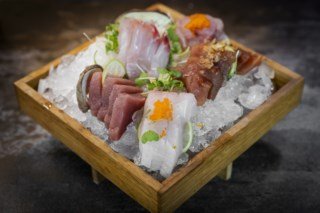
Rule: "Whatever we decide to do."
The spirit remains the same across the other counters, clustered in the center of the market hall. One is dedicated to pastries, where desserts are made; another is a bar called Roastelier, because it’s where the coffee roasting happens; and Raiz, which is the heart of the whole venture. Here, the kitchen’s rule is to have no rules. “It’s whatever we decide to do,” sums up Tiago.
Within seasonal availability and from local producers – the zero-kilometer philosophy sets the priority – but without forcing what doesn’t exist. “If I have a better product from another region, I won’t be ‘demagogic’,” admits Tiago, as he presents the couvert, which includes olive oil from Beira Baixa, butter from the Azores, and bread from Casal do Marco (Seixal).
There are also vegetarian dishes, not just as a mere “option” to satisfy customers with dietary restrictions, but as full-fledged plates, designed to satisfy even omnivores without any complaints about something missing.
The beetroot Wellington is one such example, made with a variety of beetroot cultivated by a producer from Pinhal Novo “in airy soil,” resulting in a pulp that is softer and meatier, less dense, with a color and texture that surprise at the first bite. Alongside the star tuber, the dish is completed with Ortodoxo goat cheese from Arrábida, a vegetable demi-glace, truffled mashed potatoes, and a Burgundy-style sauce made from Castelão wine.
A map of the region in the form of a wine list
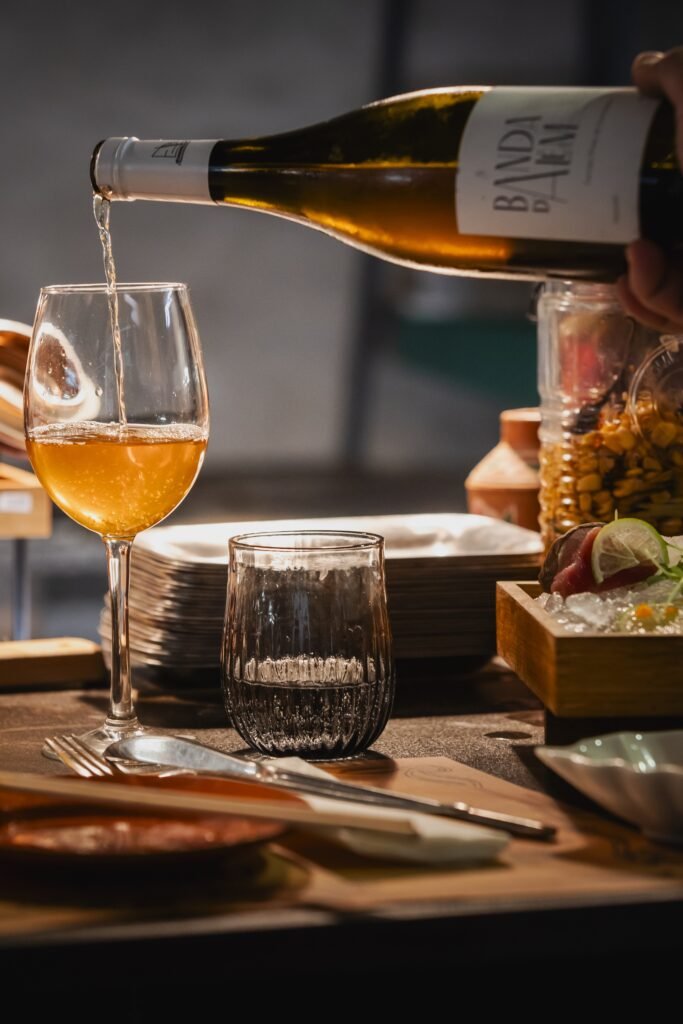
We hadn’t yet talked about the wines. They were saved for last, for the good reason that it is one of Voraz’s strong points—among many others. The wine list is probably the best-stocked in the Setúbal Peninsula region. It features 64 labels from 17 producers, all available by the glass. Small producers, it should be emphasized, some very small indeed. “I have customers who, when they see the list, say, ‘But I don’t know any of these!’” Tiago says. “I tell them, ‘That’s the point—discovering.’”
And there are also, of course, wines from Barreiro. That’s right, from Barreiro, produced in Palhais, about five kilometers from here, by the dean of winemaking, Virgílio Loureiro. It’s hard to forget the “curtimenta” white wine, one hundred percent fernão pires, which shows the immense path still to be explored in the world of wines. Fortunately, there is a long list to discover by the glass, at the Voraz bar.
Faced with a wine list that brings together a significant sample of small producers from the Setúbal Peninsula region, with over sixty references all available by the glass, anyone even mildly interested in wine will feel like a child from the 1980s in front of a new Olá ice cream poster.
